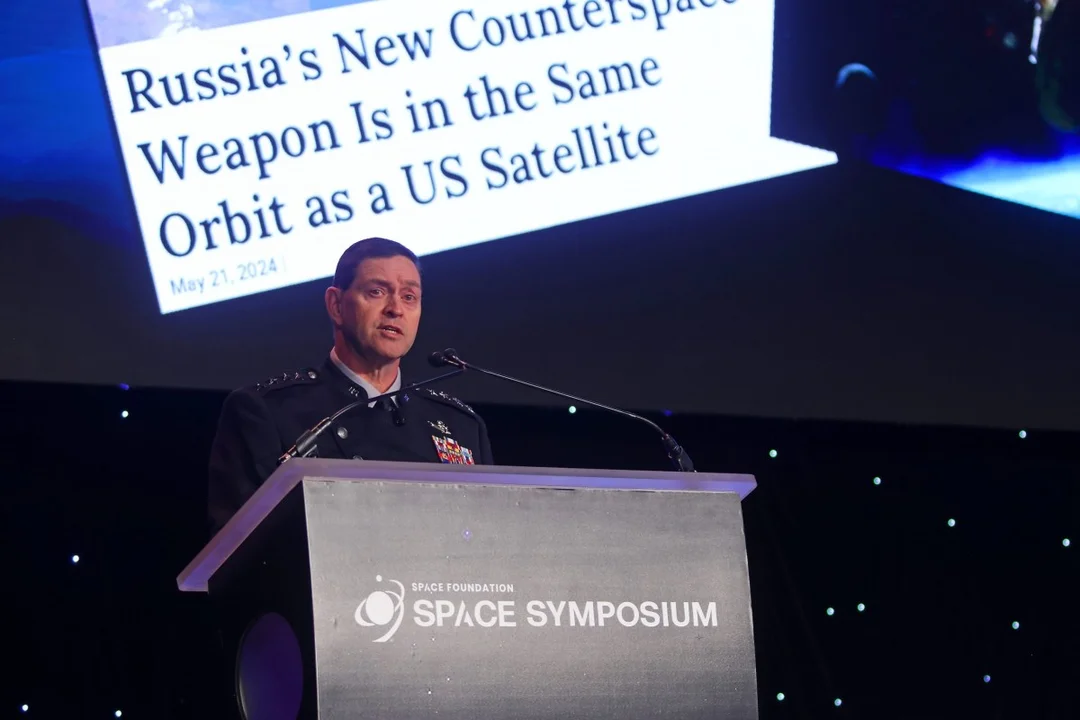
Golden Dome: The US Space Force’s Plan for Space Superiority & Missile Defense
The U.S. Space Force is charting a bold course towards achieving space superiority with its ambitious "Golden Dome" missile defense system. This initiative is pushing the military to rethink its approach to space operations, considering not just space-based solutions but also terrestrial capabilities. This article dives into the details of the Golden Dome, its implications, and the challenges ahead.
Lt. Gen. Shawn N. Bratton, the deputy Chief of Space Operations for strategy, plans, programs, and requirements, emphasized the need for a holistic perspective. "We need to think about terrestrial fires and demand signal," Bratton stated at an event hosted by AFA’s Mitchell Institute for Aerospace Studies. He proposed scenarios where assets like the B-21 bomber could target adversaries' space-related infrastructure on Earth.
The Golden Dome calls for space-based missile interceptors, a departure from the current reliance on ground-based systems. Bratton believes this shift should prompt planners to consider all available domains when addressing threats. "Golden Dome does open a new area as we think about this boost-phase intercept from space," he said, reminding planners to avoid limiting themselves to the space domain alone.
Last month, the Space Force unveiled their Space Warfighting guide, a framework aimed at aligning Guardians with the service's military mission. This guide acknowledges the potential for warfare in space and warns against the growing aggression of nations like China and Russia. Gen. B. Chance Saltzman, Chief of Space Operations, made it clear: "We must be prepared to employ capabilities for offensive and defensive purposes." The Space Force's primary objective is now "space superiority," mirroring the Air Force's pursuit of air superiority.
Bratton clarified that this signifies a normalization of language, demonstrating to the joint force that space warfare isn't fundamentally different from other domains. "We're a warfighting organization, just like the other services are, and here's how we do our business," he stated.
The development of space-based interceptors, a critical component of the Golden Dome, presents a significant technological hurdle. While the details are scant, there is bipartisan support in the House Armed Services Committee for a $25 billion investment for the project in a pending fiscal 2025 defense package.

The Pentagon is also developing space-based sensors under the Golden Dome initiative. These sensors, known as Discriminating Space Sensor (DSS), aim to differentiate between actual missile threats and decoys. Lt. Gen. Heath Collins, head of the Missile Defense Agency, revealed that they plan to prototype and have the Space Force operationalize it. The MDA spokesperson mentioned they want to launch a prototype satellite by 2029.
Brian Chow, an independent policy analyst, proposes deploying small, inexpensive "bodyguard" spacecraft to protect high-value satellites from threats like China's "space stalkers" – dual-use spacecraft capable of disrupting or disabling U.S. satellites. These bodyguards, stationed near critical satellites, could neutralize stalking spacecraft within predefined self-defense zones without generating debris.
Gen. Saltzman outlined three core tenets of Competitive Endurance: "avoid operational surprise," "deny first-mover advantage in space," and "undertake responsible counterspace campaigning." These principles create a framework for sustained strategic competition. He also emphasized the importance of being prepared to employ both offensive and defensive measures to deter or, if necessary, defeat aggression.
The Golden Dome project and its associated technologies represent a significant step in the U.S. Space Force's pursuit of space superiority. What challenges and opportunities do you see in this ambitious endeavor? Share your thoughts and opinions in the comments below.